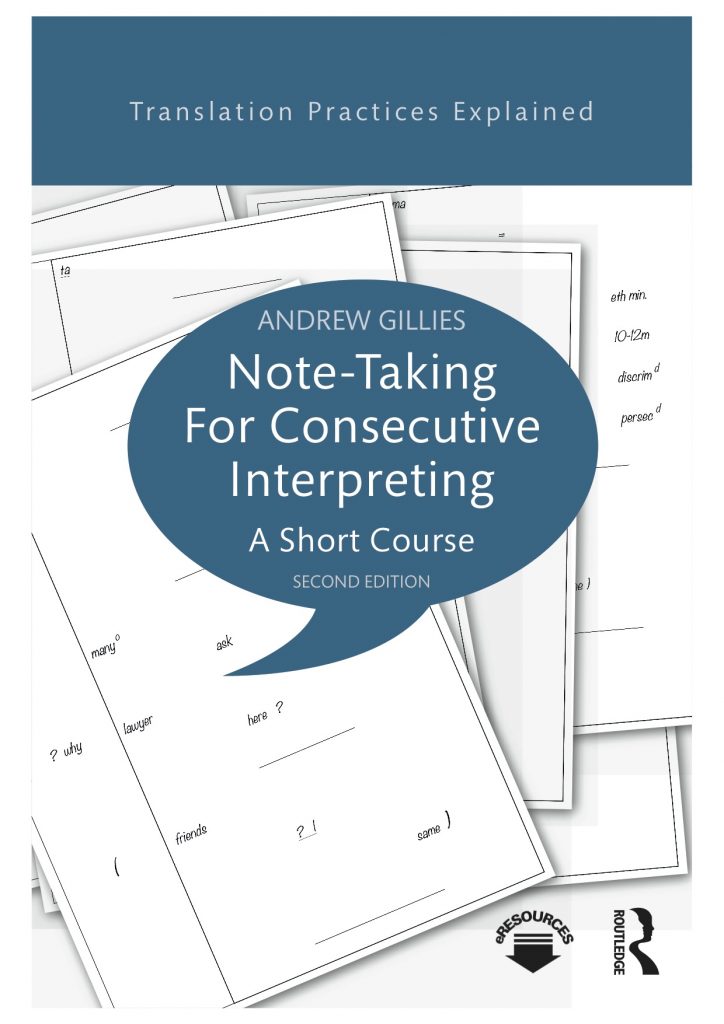The following is taken from Note-taking for Consecutive Interpreting by Andrew Gillies, Routledge, 2017, and explains something about what interpreters mean when they talk about “ideas”.

The most oft repeated thing you will hear as a student interpreter is “note the ideas and not the words!”
But what is an idea? And how can we recognize them so that we can reproduce them properly in interpretation? You might say that a whole speech boils down to one idea, but will that help us in our note-taking? Each word might seem like an idea, but they won’t all be as important as each other.
The first thing to understand is that when interpreters or your teachers use the word “idea” they may be referring to any one of three different things. For the purposes of this book and in order to be clear and consistent, I wish to keep them separate.
First of all there are the “ideas” that we are going to deal with in this chapter, that is “parts of the message” (Thiéry, 1981), those which tell us “who did what to whom”. These “ideas” we will carry on calling “ideas”.
Secondly there are “ideas” described by Rozan (1956), meaning the underlying meaning of a word or expression as being more important than the actual word(s) chosen to represent that meaning. For example the words declare, say, tell and express, can be considered synonymous: they have the same underlying meaning and would all be noted with the same symbol as a result. These underlying meanings we are going to call ‘concepts’.
Thirdly there are many interpreters who consider ‘ideas’ to be what we called ‘sections’ in the previous chapter.